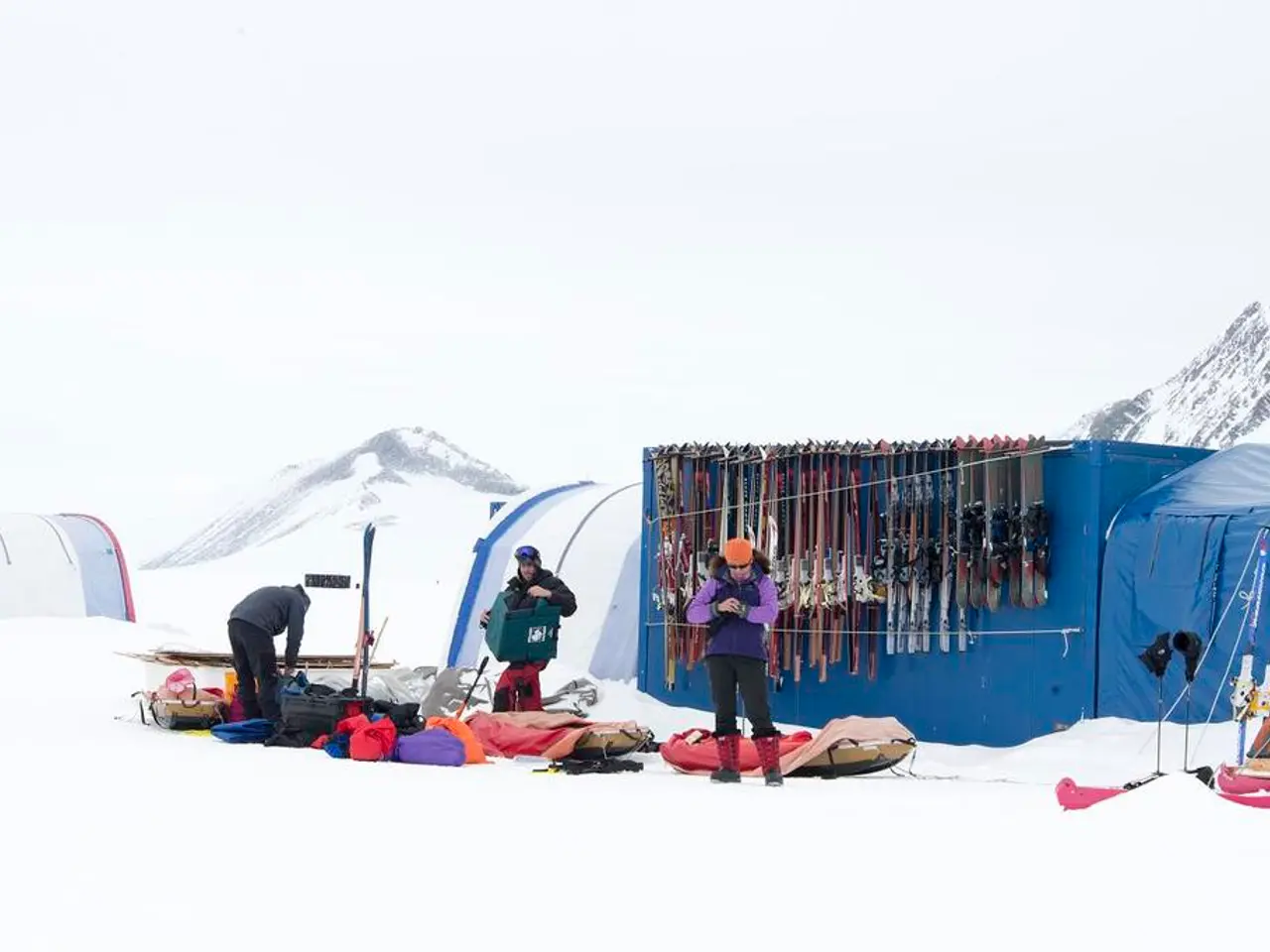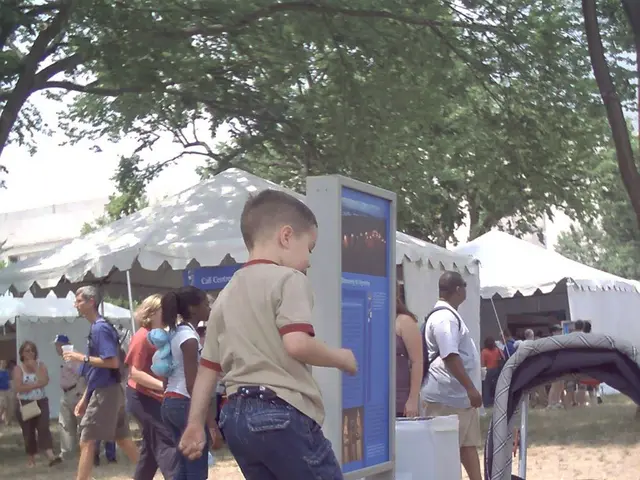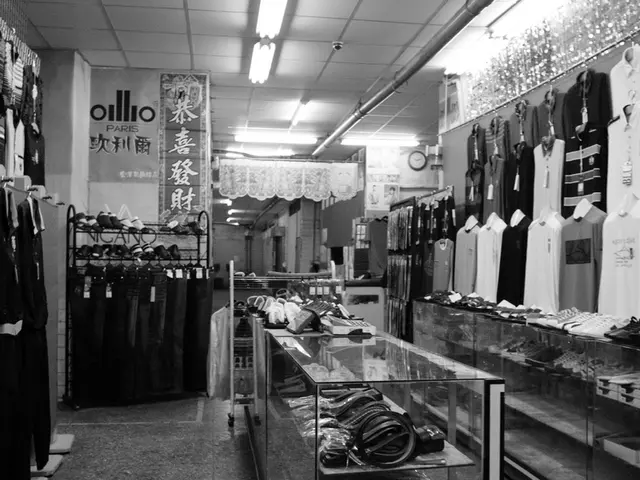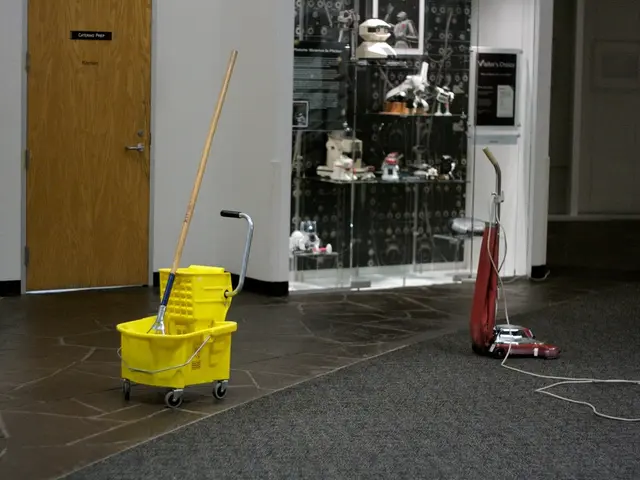Avalanche Incidents Highlight Necessary Caution
In the scenic landscapes of New Zealand, the thrill of skiing and snowboarding in the backcountry can be an exhilarating experience. However, it's essential to remember that this uncontrolled, wild environment poses unique risks, with avalanche hazards not actively managed like within patrolled ski areas.
Over the weekend, several close calls occurred, underscoring the importance of backcountry safety precautions. On Sunday, the Turoa ski patrol on Mt Ruapehu reported signs of an avalanche outside the ski area. Fortunately, no one was injured in any of the incidents.
The Mountain Safety Council (MSC) is reminding skiers and snowboarders to adopt backcountry precautions when leaving a patrolled ski area. One of the key recommendations is to always carry avalanche safety gear, including a transceiver, probe, shovel, and slope inclinometer. Proficiency in using this equipment is crucial.
The New Zealand Avalanche Advisory (NZAA) also advises checking daily avalanche forecasts and weather conditions before and during your trip. These forecasts, available on the NZ Avalanche Advisory's website, are based on a globally recognized avalanche danger scale and provide detailed updates on avalanche risks.
Backcountry hut etiquette is another important consideration. Leaving no trace, cleaning up, sharing space respectfully, keeping noise down, and logging trips in hut books for safety are all essential practices. For those unfamiliar with glacier travel or backcountry terrain, considering going with a guide is advisable.
Hikers and trampers can find the avalanche forecast under alerts on Plan My Walk. The NZAA provides daily avalanche forecasts for 13 backcountry alpine regions around Aotearoa.
Unfortunately, at least three avalanches occurred near ski fields over the weekend. On Saturday, a snowboarder in a party of three triggered a persistent slab avalanche outside the Fox Peak ski area in the Mackenzie Region, resulting in a 250-metre-long, 50-metre-wide avalanche. Similarly, on Saturday 10 August, a skier in a party of three triggered a persistent slab avalanche in the Craigieburn Range, Canterbury, with one skier caught but escaping without injury.
In all these incidents, thorough searches were conducted using avalanche transceivers, RECCO detectors, and local Search and Rescue Dogs Avalanche teams. Despite these efforts, no one was found, and the searches were concluded.
These incidents serve as a reminder that those venturing beyond the patrolled ski area boundaries need to take responsibility for assessing the terrain, understanding snow conditions, and making safe decisions. Being well-equipped, informed, and respectful of the environment are key to safe backcountry skiing and snowboarding in New Zealand.
- Inevitably, safety precautions are vital for those taking up backcountry skiing or snowboarding outside patrolled areas, as the Mountain Safety Council emphasizes, recommending carrying avalanche safety gear such as transceivers, probes, shovels, and slope inclinometers, and being proficient in their use.
- Awareness of the local avalanche conditions and weather is essential for backcountry skiers and snowboarders, as advised by the New Zealand Avalanche Advisory, which offers daily avalanche forecasts accessible on its website.
- Engaging in outdoor-living activities like backcountry skiing necessitates understanding the unique health-and-wellness challenges that come with the uncontrolled environment, including staying informed about avalanche risks and the importance of being well-equipped and making sound decisions to ensure lifestyle choices remain safe and enjoyable.




